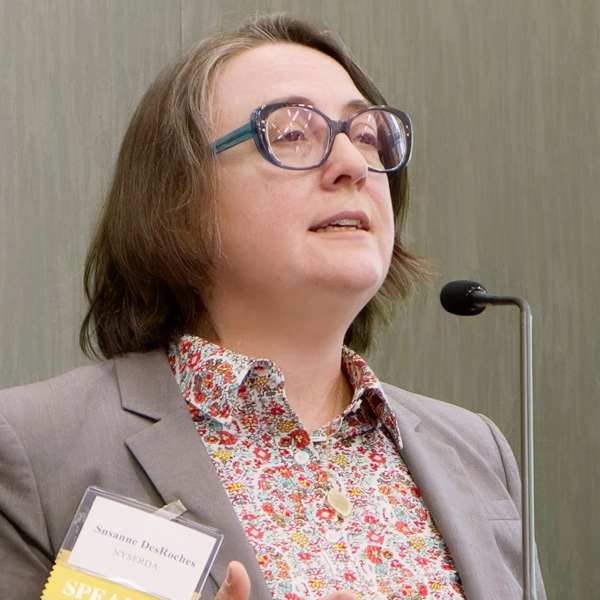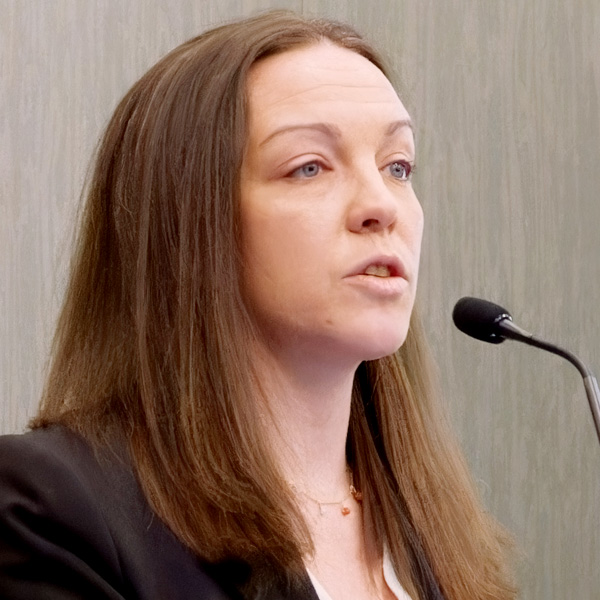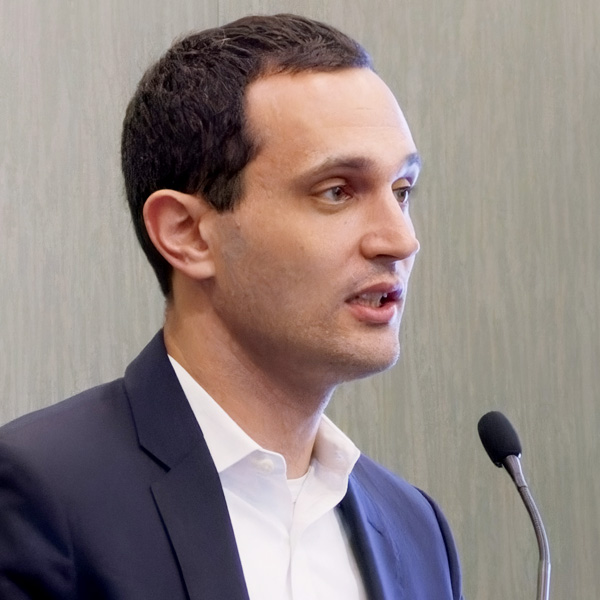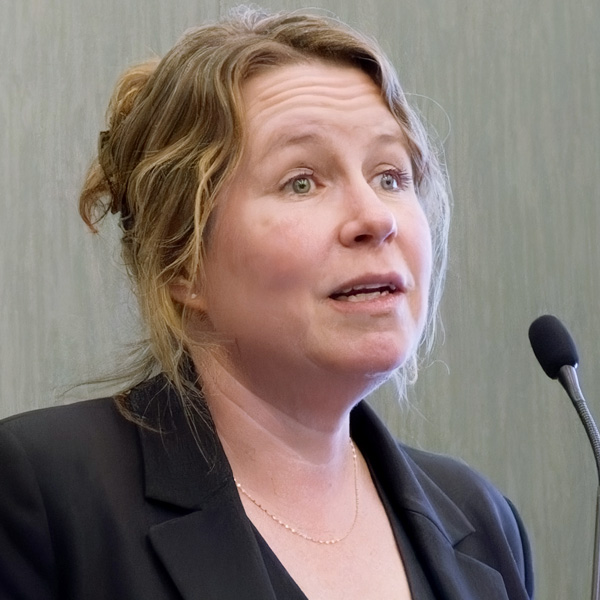The upcoming April 8 solar eclipse will run a course from central Mexico to Newfoundland, but grid operators far from its 124-mile-wide path of totality will be dealing with its impact as it cuts output from solar power generation coast-to-coast.
According to NASA, major cities including Dallas and Indianapolis will feel the full brunt of the eclipse that afternoon, but RTO and ISOs are preparing for system challenges as far west as California.
While it is too early to accurately predict the weather, the National Weather Service noted that six selected cities in its path typically see temperatures in the 60s on that date.
ERCOT said the eclipse will affect its territory from 12:10 p.m. to 3:10 p.m., peaking about 1:40 p.m., when solar production likely will drop to about 7.6% of the maximum expected under clear conditions. ERCOT has 22,463 MW of installed capacity and has received about 7% of its power from solar this year, according to its latest data.
The Texas grid operator is working with solar forecast vendors to ensure their models accurately forecast the eclipse’s impact. ERCOT plans to receive and review ad-hoc forecasts March 29 and then start to prepare for major generation ramps caused by the eclipse, which will occur on a Monday.
ERCOT said it would review its day-ahead market results the day before the event to ensure its system is ready.
MISO’s Carmel, Ind., headquarters and its southern operations center in Little Rock, Ark., both are in the path of totality and respectively should experience darkness for 3 minutes, 29 seconds and 2 minutes, 30 seconds. The impact on solar will depend on cloud cover. With clear skies, solar output in the RTO could plunge quickly by about 4,000 MW, but clouds could limit that to a drop of less than 1,000 MW.
At the event’s start, solar generation will roll off the system rapidly and increase rapidly near the conclusion, resulting in the need for ramping capacity and possibly causing congestion-management challenges, MISO said. The temperature drop associated with darkness could lower demand, the RTO noted.
In a presentation to Entergy’s Regional State Committee last year, MISO noted it learned from eclipses in 2017 and 2023 that balancing and congestion management are the most challenging issues.
SPP did not have recent analysis on its website and did not return a request for comment. In a report covering the August 2017 eclipse, it noted this year’s event would be another test of its ability to balance renewable energy because solar penetration has grown.
PJM
PJM said March 18 the path of totality will enter its footprint northwest of Cincinnati and exit over three counties in Northwest Pennsylvania. The total eclipse will cover the 124-mile path for up to several minutes, but the RTO said almost its entire 13-state footprint will see some impact over about 2.5 hours.
Regardless of cloud cover’s effects, PJM is expecting to lose at least 80 to 85% of the output from its 8,200 MW of grid-connected solar and is preparing for the potential temporary loss of up to 4,800 MW of behind-the-meter solar.
The dimming sunlight could lower temperatures by 4 to 10 degrees, but the impact will depend on how warm the weather is absent the eclipse. Under cool conditions, a temperature drop could lead to higher demand, but in warm conditions, the decrease likely would reduce loads.
PJM said it would provide an update of the eclipse’s anticipated impacts under a clearer weather forecast at its April 4 Operating Committee meeting.
Northeast
NYISO said in a presentation last September that the total eclipse will affect its territory from 3:16 to 3:29 p.m., but the event will leave some impact for about 2.5 hours. New York City and Long Island are expected to see between 60 to 90% obscuration of the sun, while Albany should see 96%.
Both Buffalo and Rochester will have several minutes of total eclipse. Those cities typically have about 60 to 65% cloud cover that time of year, NYISO said. With clear skies, solar output from both behind-the-meter and grid-connected solar could fall by more than 3,110 MW at the eclipse’s peak.
Impacts to wind power also are expected, as seen during the 2017 eclipse, when wind speeds and output dropped at the start of the event and increased as it ended, the ISO said.
ISO-NE said the eclipse could cut solar production in its territory by thousands of megawatts from 2:15 to 4:40 p.m. when all of New England will see at least 80% obscuration, with some northern areas seeing 100%.
Most of New England’s solar power comes from small-scale, distributed systems that either are connected to retail customers or utilities’ distribution systems and not the ISO-operated grid. Those systems effectively cut demand for wholesale power when the sun is out.
The eclipse’s impact will make solar output drop off much more quickly than it normally would at sunset but, as in other areas, ISO-NE said impacts will depend on cloud cover.
Out West
The eclipse’s effects will even be observed in the Western Interconnection.
CAISO’s balancing authority area will experience a partial eclipse from about 10 a.m. to 12:30 p.m. PT. Relative to the eclipse of Oct. 14, 2023, the sun will be less obscured in CAISO territory: about 25 to 59% on April 8 compared to roughly 72 to 80% on Oct. 14.
And the profile of impacts will be different because the April 8 eclipse will start later in the morning, during greater solar generation. The Oct. 14 eclipse lasted from about 8 to 11 a.m. in California, with maximum impact about 9:30 a.m.
The Oct. 14 eclipse knocked 4,500 MW of solar generation off the CAISO grid, followed by a rebound of 6,560 MW as the eclipse waned. (See Report Details CAISO Response to Partial Solar Eclipse.)
CAISO’s April 8 forecast shows utility-scale solar dropping 6,349 MW between 10 a.m. PT, a peak at 11:20 a.m. and a 6,718-MW surge in solar generation by 12:40 p.m.
The predicted upward ramp of 84 MW per minute is less than the Oct. 14 rate of 131 MW per minute.
The projections for April 8, based on clear-sky conditions, are in a technical bulletin released this month. CAISO has been planning for the April 8 eclipse since February. Once again, coordination will be key to eclipse preparations.
CAISO plans to use quick-ramping resources, including natural gas plants, battery storage and hydropower, to respond to rapid changes in solar generation.
“To manage the solar ramps, the ISO has done extensive outreach to scheduling coordinators and market participants to emphasize the importance of following dispatch operating targets (DOTs) in real time,” especially for solar and battery resources, CAISO said in a frequently asked questions document.
CAISO will coordinate with gas plants and gas suppliers to ensure sufficient supply during the eclipse.
In response to the ramping needs, CAISO said it expects to commit an increased amount of regulation up and regulation down. But adjustments, especially to regulation up, likely will be smaller than in October due in part to lessons learned from that event.
CAISO is holding meetings on the event with WEIM entities. “Coordination across the WEIM is crucial so that the market can optimally dispatch during the eclipse conditions,” the ISO said.



